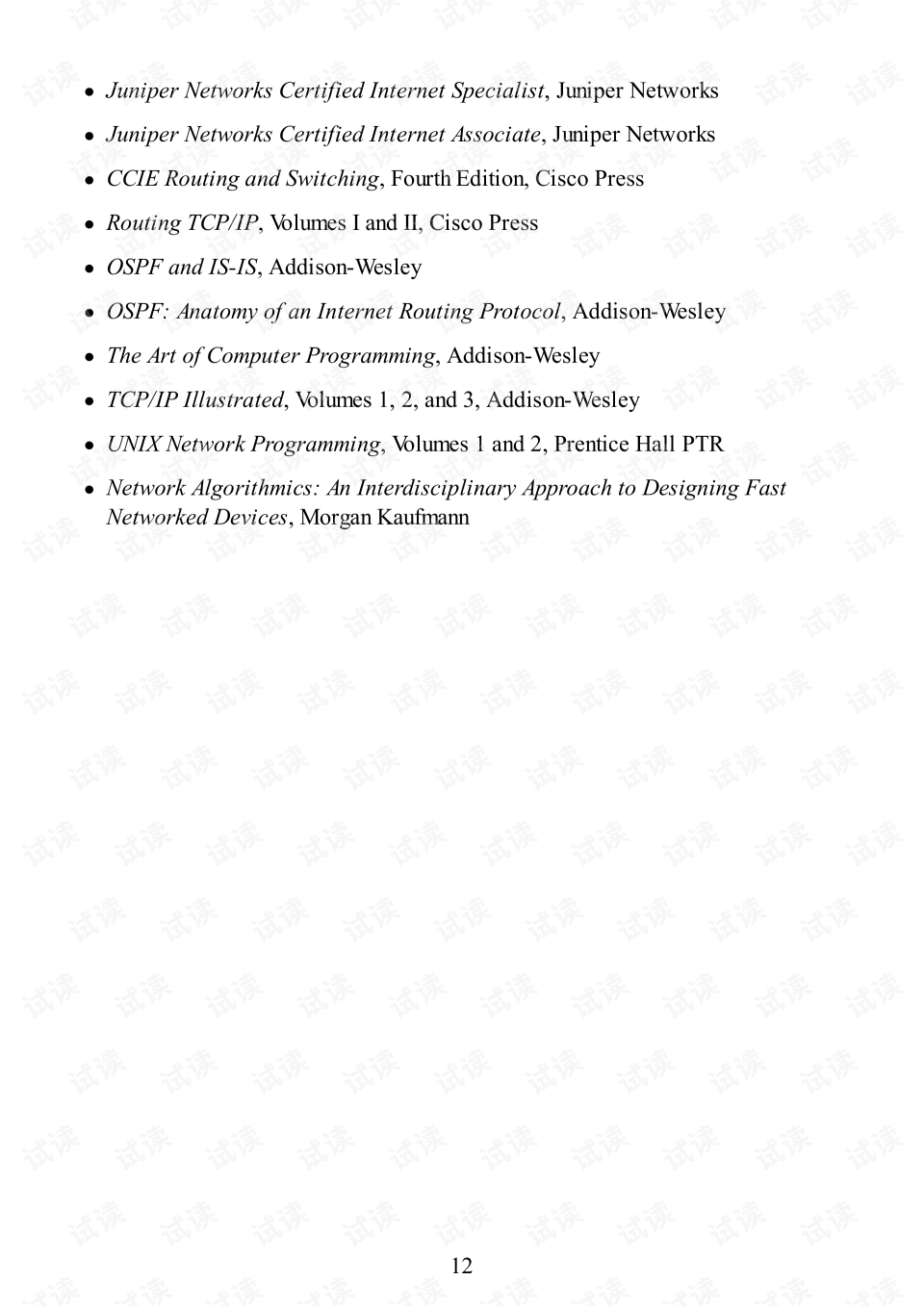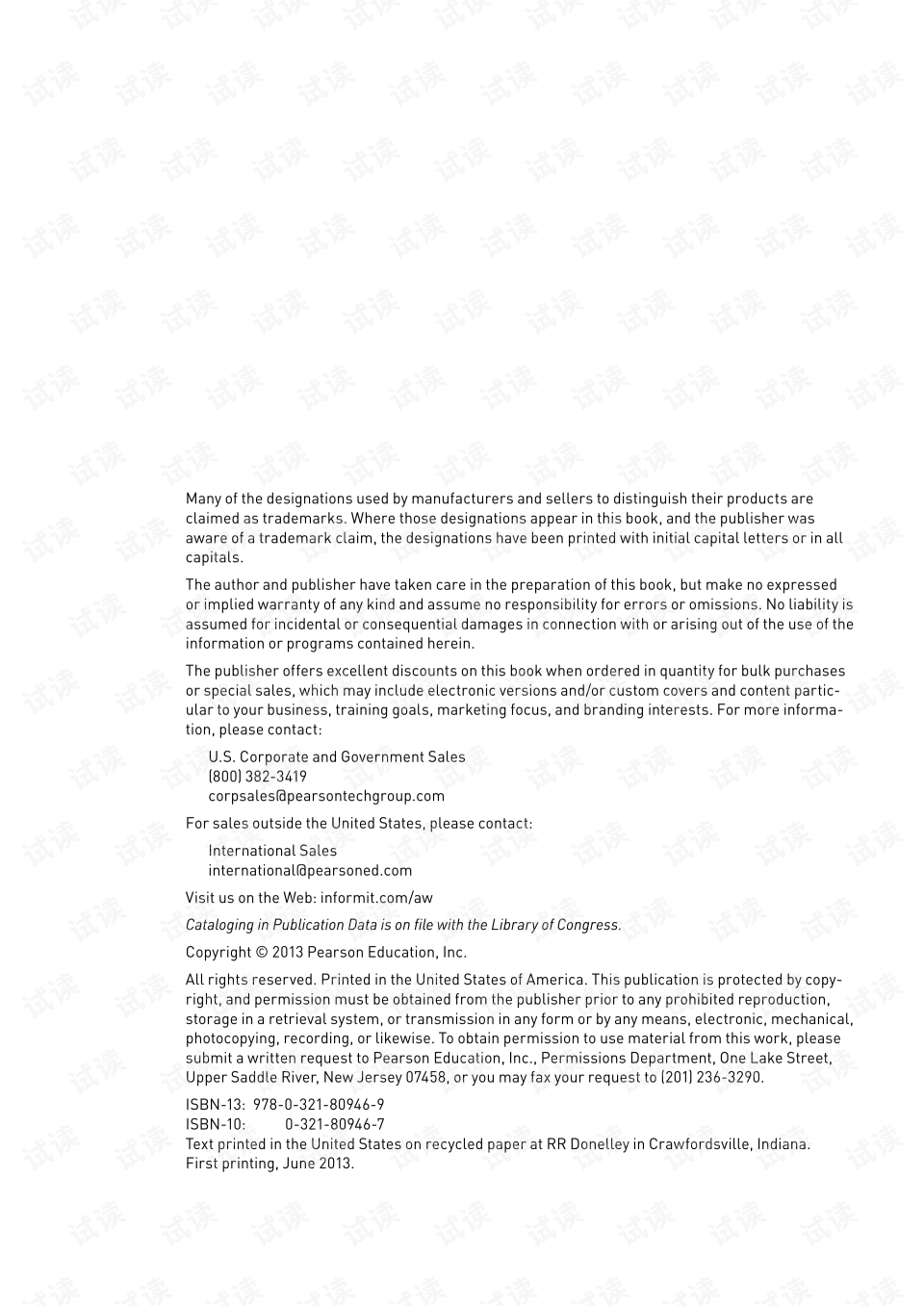Title: A Comprehensive Guide to Mens Suit Fabrics: Understanding the Options and Making the Right Choice
This comprehensive guide to men's suit fabrics offers an in-depth understanding of the various options available and how to make the right choice for your next suit. From traditional wool blends to modern synthetic fibers, each fabric has its unique characteristics and benefits. The guide covers factors such as durability, wrinkle resistance, comfort, and style when making decisions about suit fabrics. It also provides detailed information on the different types of weaves, such as plain weave, double-weave, and sateen, and how they affect the overall look and feel of a suit. Additionally, the guide includes tips on how to care for suits made from different fabrics to ensure their longevity. Whether you're a seasoned fashionista or a first-time suit shopper, this comprehensive guide is a must-read for anyone looking to elevate their wardrobe with a high-quality suit.
Introduction:
When it comes to choosing a suit, one of the most important decisions you'll make is selecting the right fabric. The fabric of your suit can greatly impact its look, feel, durability, and even how well it fits your body. In this comprehensive guide, we'll discuss all the different types of men's suit fabrics available, their respective characteristics, and how to choose the right one for you. Whether you're a seasoned suit enthusiast or just getting started, this guide will serve as your ultimate resource for understanding the world of men's suit fabrics.
Section 1: Wool Fabrics
Wool is perhaps the most traditional and timeless fabric used in men's suits. It has been used for centuries due to its durability, warmth, and flexibility. There are two main types of wool: worsted and woolen.

Worsted wool is the most commonly used fabric for suits due to its strength, elasticity, and ability to absorb moisture. It is often made from long-fiber wool that has been processed to produce a dense, soft fabric with a slight luster. Worsted wool is available in a range of weights, from lightweight summer wools to heavy winter wools. Some popular varieties include British wool, which is known for its fine texture and softness, and Italian wool, which is renowned for its strength and durability.
Woolen wool is a less common choice for suits due to its higher cost and softer feel. It is made from short-fiber wool that has not been subjected to the same processing as worsted wool. Woolen wool is often used for dress shirts and casual wear because of its luxurious texture and warmth. Popular varieties include merino wool, which is lightweight and breathable, and cashmere, which is incredibly soft and warm.
Pros of Wool:
* Durability: Wool resists wrinkling, stains, and soiling well, making it a popular choice for formal wear.
* Warmth: Wool is naturally insulating and retains heat, making it ideal for colder climates.
* Comfort: Wool has a soft, comfortable feel that many people find appealing.
* Versatility: Wool can be blended with other materials to create various textures and patterns.
Cons of Wool:
* Shrinkage: Wool tends to shrink in the wash, so it's important to follow care instructions carefully.
* Care: Wool requires special attention when cleaning and maintaining, such as using a gentle detergent and avoiding high heat or dry cleaning.
* Cost: Woolen wool is generally more expensive than worsted wool due to its higher production costs.
Section 2: Silk Fabrics

Silk is another classic choice for men's suits, known for its luxurious feel and smooth texture. Silk comes from the silkworm cocoon, and there are two main types of silk: natural silk and synthetic silk (also known as "mohair").
Natural silk is the most sought-after type of silk due to its superior quality and beauty. It has a soft, lustrous texture and a delicate sheen. Natural silk comes in several weights, ranging from lightweight chiffon to heavyweight damask. Some popular varieties include Egyptian cotton, which is lightweight and breathable, and Thai Silk, which is known for its durability and strength.
Synthetic silk (mohair) is an alternative to natural silk that has gained popularity in recent years. It is made from animal hair that has been processed to produce a soft, silky fabric with a smooth texture similar to natural silk. Mohair is available in a range of colors and styles, making it a versatile choice for suit construction. Some popular varieties include alpaca hair fiber, which is hypoallergenic and eco-friendly, and goat hair fiber, which is strong and durable.
Pros of Silk:
* Luxurious Feel: Silk has a luxurious feel that many people find attractive.
* Softness: Silk has a smooth texture that feels gentle against the skin.
* Breathable: Although natural silk can be quite warm in hot weather, it is still breathable enough for most people.
* Durability: Silk can be woven into various textures and patterns, making it a versatile choice for suit construction.
* Biodegradable: Mohair fibers are biodegradable, which makes them an eco-friendly option compared to synthetic fibers like polyester.
Cons of Silk:
* Shrinkage: Silk tends to shrink in the wash or dryer, so it's important to follow care instructions carefully.
* Care: Silk requires special attention when cleaning and maintaining, such as using a gentle detergent and avoiding high heat or dry cleaning.

* Cost: Natural silk can be more expensive than synthetic silk due to its higher production costs and rarity in some varieties.
Section 3: Cashmere Fabrics
Cashmere is a luxurious material that has gained popularity in recent years due to its softness, warmth, and durability. It is derived from the fur of cashmere goats raised in mountainous regions of Central Asia. Cashmere comes in two main forms: first grade (the softest and finest) and second grade (which is still soft but slightly less fine). First grade cashmere is often considered the highest quality because it contains more cashmere fibers per square inch than second grade cashmere.
First grade cashmere is often used for luxury items like suits, scarves, blankets, and hats due to its softness and warmth. It is also available in a range of weights and styles, making it suitable for a wide range of clothing items beyond suits. Second grade cashmere is less expensive than first grade cashmere but still retains some of the qualities of first grade cashmere, such as softness and warmth but may have fewer fibers per square inch. Second grade cashmere can be used for lower-end items like sweaters or socks but may not be suitable for suits due to its lower quality compared to first grade cashmere.
Pros of Cashmere:
* Softness: Cashmere has a luxuriously soft feel that many people find attractive.
* Warmth: Cashmere retains heat well, making it ideal for cold climates or chilly evenings out.
* Durability: Cashmere can withstand wear and tear well over time, making it an excellent investment piece.
* Biodegradable: Cashmere can be recycled or composted at the end of its life cycle, making it eco-friendly compared to synthetic fibers like polyester.
* Unique Patterns: Cashmere has unique patterns created by the way the fibers are aligned during spinning process which give it an elegant look when worn as a suit material.
Articles related to the knowledge points of this article:
Top 10 Brands of Down Jackets for Winter
Title: The Quality of Down Jackets
羽绒服从古至今都是极其受欢迎的外套,在北方地区,几乎人手一件,用于防寒保暖。以下是一张羽绒服价格表,包含多种款式、品牌和材质的价格信息,帮助消费者更好地做出购买决策。



